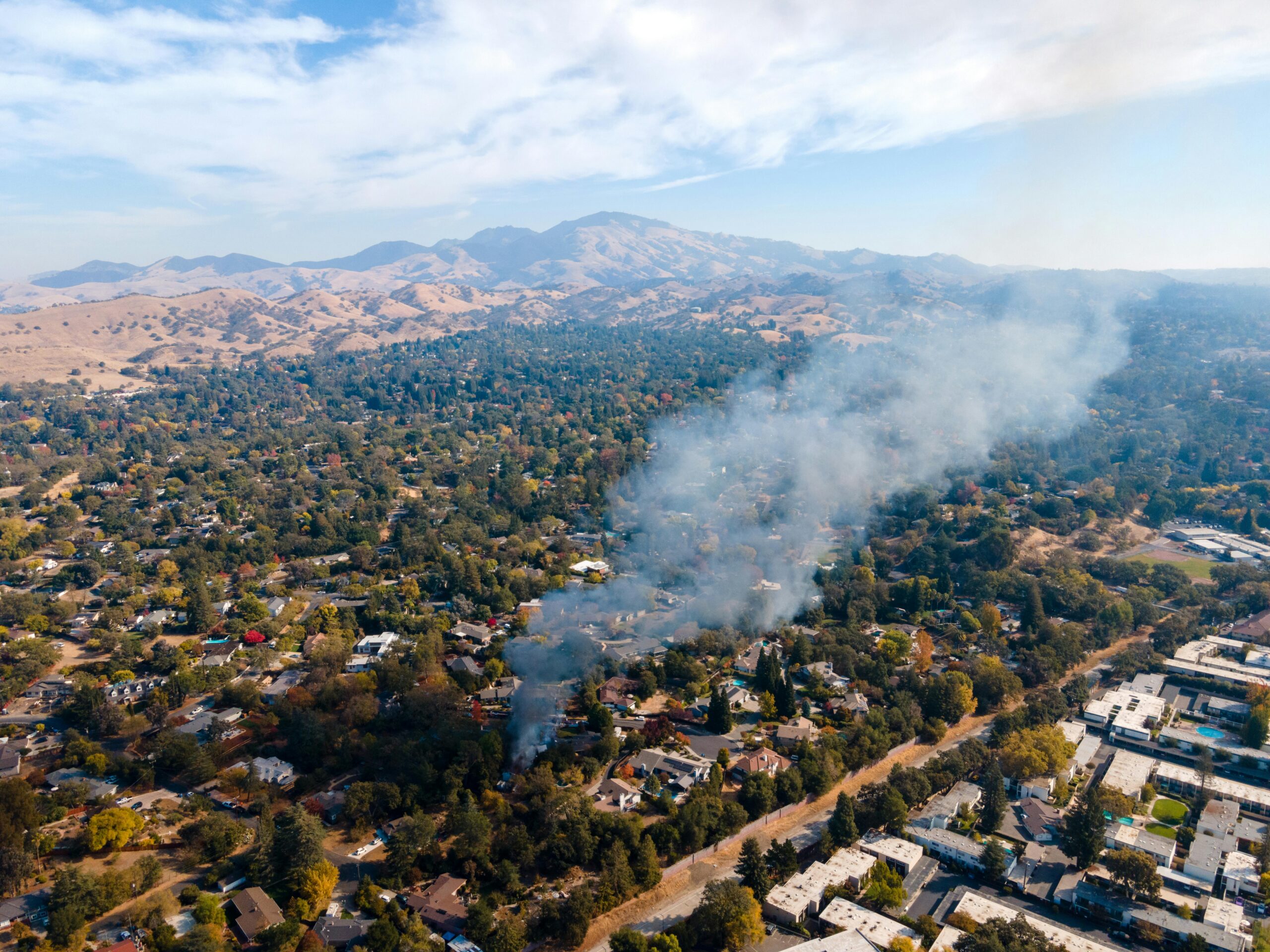California homeowners could soon face a significant jump in insurance costs as the California FAIR Plan, the state’s insurer of last resort, has requested a 35.8% rate increase for dwelling policies. According to the Los Angeles Times, this marks the largest rate hike request in years, driven by the financial toll of the destructive January 2025 wildfires, which caused an estimated $4 billion in damages across the state.
A Financial Lifeline Under Pressure
The California FAIR Plan, a Los Angeles–based insurance pool backed by the state’s licensed home insurers, was created to provide basic fire insurance to homeowners who cannot find coverage in the private market. As wildfires have become more intense and frequent, many major insurers have scaled back or withdrawn from high-risk areas, pushing more homeowners onto the FAIR Plan.
However, the FAIR Plan is now facing immense financial strain. To cover the billions in wildfire losses, it has assessed $1 billion from its member insurers. Officials from the Plan argue that, by law, its rates must be “sufficient to pay anticipated claims and expenses.” Without a significant rate adjustment, the Plan warns it may struggle to remain solvent and continue serving California residents.
Approval Still Pending
The proposed rate increase must still be reviewed and approved by the California Insurance Commissioner, who has the authority to reduce or modify the request. Historically, the Commissioner has approved smaller hikes than requested; for example, trimming past proposals in 2021 and 2023, which averaged around 16%. Whether the full 35.8% increase will stand remains uncertain.
If approved, the new rates would take effect in April 2026, with incentives built in to reward homeowners for risk reduction. Property owners who take mitigation steps, such as creating defensible space or installing fire-resistant roofing, could qualify for discounts of up to 15%.
Uneven Impacts Across the State
Not all homeowners will experience the same rate increases. Those in fire-prone regions, particularly in parts of Northern California and the foothills, may see the sharpest hikes. Meanwhile, homeowners in lower-risk zones could see smaller increases or even slight decreases as the FAIR Plan seeks to rebalance its risk pool.
Legal and Regulatory Challenges
The FAIR Plan’s rate proposal comes amid growing scrutiny over its claims practices. Homeowners affected by the January 7 wildfires have accused the Plan of denying or underpaying claimsrelated to smoke, soot, and ash damage. In August 2025, a court ruled that the FAIR Plan’s approach violated state law, forcing it to revise its policies. A month earlier, in July 2025, the state insurance department issued a cease-and-desist order over the Plan’s handling of smoke damage claims.
Adding to the complexity, the FAIR Plan operates outside Proposition 103, the state’s 1988 insurance reform law that gives the public the right to challenge rate increases. As a result, only the Insurance Commissioner has authority over its rate-setting process, leaving consumers with limited input.
Comparisons and Consumer Advocacy
The requested 35.8% increase far exceeds what other insurers have sought. For example, Mercury Insurance and CSAA have requested 6.9% increases, while State Farm has already been granted a 17% emergency rate hike earlier this year and is seeking an additional 11%.
Consumer advocates and lawmakers are calling for reforms to better protect homeowners from steep rate hikes and shrinking coverage options. Among the key proposals and concerns are:
- Fair access to coverage: Require insurers to offer policies to homeowners who have invested in fireproofing or mitigation efforts, rather than automatically labeling properties as “too risky.”
- Stronger accountability: Push for greater transparency in rate-setting, especially since the FAIR Plan is exempt from public review under Proposition 103.
- Incentives for mitigation: Expand premium discounts and grant programs for homeowners who take steps to reduce wildfire risks, such as clearing vegetation or installing fire-resistant materials.
- Regulatory oversight: Strengthen the California Department of Insurance’s authority to monitor and enforce fair claims practices across all insurers, including the FAIR Plan.
- Long-term resilience: Encourage state and local governments to invest in community fire prevention infrastructure, which could ultimately lower insurance costs over time.
These measures reflect growing recognition that California’s insurance crisis is both an environmental and economic issue, one that requires collaboration between insurers, regulators, and homeowners alike.
The Bigger Picture for Homeowners
For many Californians, this situation underscores a harsh reality that home insurance costs in the state are increasingly unpredictable. As climate-related disasters continue to intensify, both insurers and policyholders are facing mounting financial risks.
This proposed hike is not just a number; it reflects a deeper challenge in maintaining affordable, accessible coverage for residents in a state where wildfires have become a year-round concern.
Protect Your Financial Stability with Expert Guidance
Whether you’re a homeowner concerned about rising premiums or a buyer navigating California’s challenging insurance landscape, having a trusted insurance partner is more important than ever.



